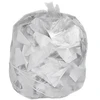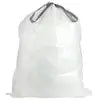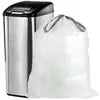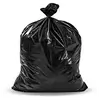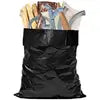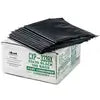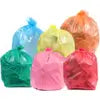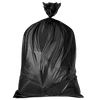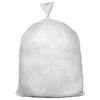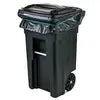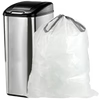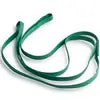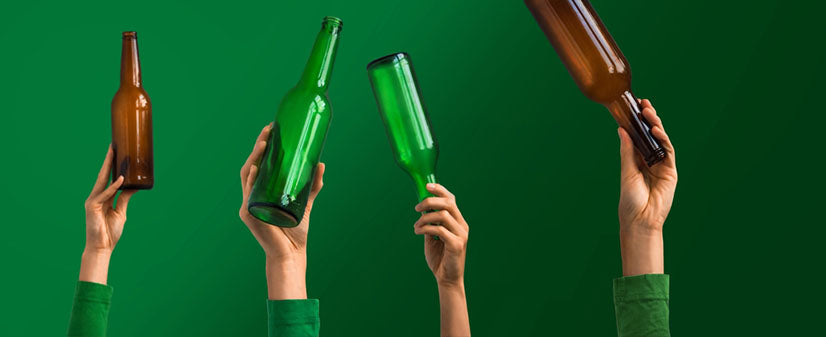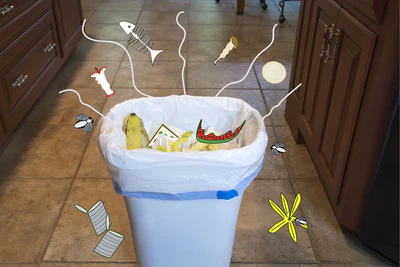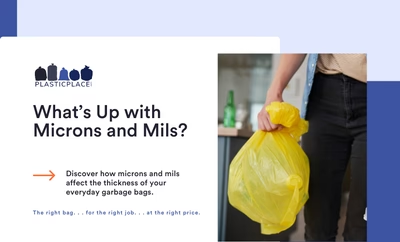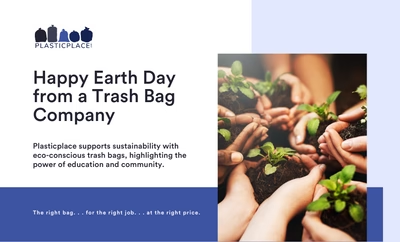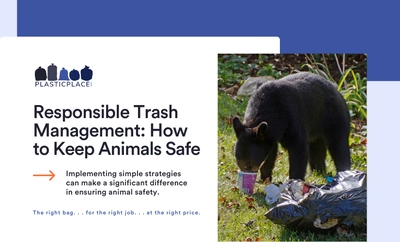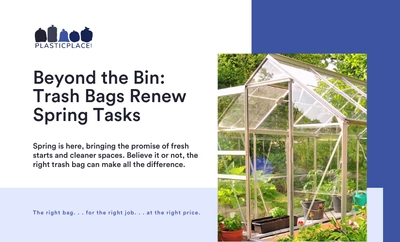Source: Kim Kuperkova/Shutterstock
In terms of how long trash remains without decomposing in a landfill, glass is one of the longest-lived materials — it can stick around for a million years or more! But here’s the good news: That durable quality means that glass is also one of the easiest and most useful materials to recycle. In fact, glass can be recycled an infinite number of times, so long as people remember to put it in their recycling bins!So, how is glass recycled? Up ahead, we’ll look at the fascinating facts about what happens to glass after you deposit it in your recycling bin.
1. Community members place glass in their curbside recycling bins or take it to a recycling center.
The process begins with everyday recycling at homes and businesses. After making sure your recyclables are clean and empty, you’ll place them in your curbside recycling bin or dumpster. If you live in a rural area, you might have to take your own recyclables to the local waste disposal drop-off.Glass typically goes in a single-stream recycling bin that will also include cardboard, paper, hard plastic and anything else that’s recyclable in your area. Less commonly, your recycling service might use multi-stream recycling that requires you to sort out glass separately. Remember to recycle only glass bottles and jars since other types of glass can have additives that affect recyclability.
Cleaning and drying your glass is the only preparation you need to do before recycling it. Crushing your glass in a trash compactor might seem helpful for saving space, but not all compactors are rated for it, and the broken glass may cut your bag if you’re not using
thick and durable trash compactor bags.Purchase Trash Compactor Bags Here2. Waste collectors take recyclables to a materials recovery facility (MRF), where glass gets separated from other materials.
Local waste collection professionals will pick up your recyclables — either curbside or at your recycling facility — and take them to a materials recovery facility (MRF). At the MRF, workers and machines sort single-stream recycling into categories like glass, paper and metal.
At this point, the scrap glass becomes known as cullet. While cullet is a key ingredient in glass manufacturing, it’s not ready for primetime just yet. Once an MRF has sorted the materials, it will sell them to specialized recycling facilities. Glass, plastic and paper products all go their separate ways to facilities designed to turn them into usable manufacturing materials.
3. Glass processors purchase, sort and clean the glass for resale.
Glass processors buy recycled glass from MRFs by the ton. This material is called unprocessed cullet — scraps of glass that need further cleaning and sorting before they’re ready to be turned into new glass.
A glass processor will use various techniques to remove any non-recyclable materials left in the glass. These include magnets, vibrating screens and optical sorters that help eliminate plastic and metal scraps. The processor also sorts the glass by color since glass keeps its color after recycling.
Finally, the processor crushes the glass into extremely small pieces of clean glass. These pieces are known as processed or “furnace-ready” cullet, and the next step is to sell this cullet to glass manufacturers.

Source: Somnuek saelim/Shutterstock
4. Glass manufacturers buy the cleaned and sorted cullet to use in manufacturing new glass.
Next, the processor sells their clean cullet to glass manufacturers, which use cullet as a key part of their recipe for making new glass. The cullet gets melted together with other glassmaking materials at extremely high temperatures, and then formed into new glass. Many of the bottles and jars that we use every day are made from this recycled glass!
When glass companies use cullet, it’s a win-win for the environment. Cullet reduces the amount of virgin materials needed to make new glass, and it also reduces the CO2 emissions associated with the glass making process. In addition, it keeps glass from languishing in landfills for the next million years.
Glass that isn’t used to make containers still gets used in a wide variety of applications. Fiberglass, glass-reinforced concrete, glass aggregate countertops and other materials all use recycled glass as an input in the manufacturing process.
Order Garbage Bags That Fit Perfectly in Your Rollaway Cart
Source: Prostock-studio/Shutterstock
At Plasticplace, we work to make it a little easier to be green. We offer an outstanding selection of recycling bags for keeping your bin clean when recycling your glass. Our eco-friendly trash bag lineup now even includes compostable trash bags! Finally, for some great tips on smart ways to recycle, make sure to check out our top 10 recycling ideas.
 4.9 out of 5
4.9 out of 5  Mix & Match: Buy any two products for 10% off!
Mix & Match: Buy any two products for 10% off!












